Light Pollution
Information and guidance about light nuisance
Statutory Light Pollution
Light pollution is probably best described as artificial light that is allowed to illuminate areas not intended to be lit. Statutory light pollution however is narrower in its definition and relates in the main to light from certain premises that unduly illuminate other premises. A typical example being that of an inconsiderately directed security light shining into a bedroom window.
Legislation
Section 102 of the Clean Neighbourhoods Act creates a new form of statutory nuisance namely "artificial light emitted from premises so as to be prejudicial to health or a nuisance".
However, this does not include light emitted from premises used for transport purposes or where high levels of light are required for safety and security reasons, i.e.:
- Airports Public service vehicle operating centres
- Harbours Goods vehicle operating centres
- Railway premises
- Lighthouses
- Tramway premises
- Prisons
- Bus stations and associated facilities
- Premises occupied for Defence purposes
There is also a defence for all trade, industrial, business or outdoor sports facilities that the best practicable means to prevent light pollution is being taken.
How to avoid causing light pollution
- Do not fit unnecessary lights.
- Do not use excessively bright lights. A 150 watt tungsten halogen lamp is quite adequate, and 300 or 500 watt bulbs are too powerful for domestic security lighting.
- Do not leave lights on when they are not needed. Consider controlling lights with passive infra-red detectors, ensuring that they are correctly aligned and installed. For a porch light that is going to be left on all night, a nine watt compact fluorescent lamp is normally adequate.
Beam angle and lamp light
To keep glare at a minimum, ensure that the main beam angle of lights is kept below 70 degrees. The higher you fix the light from the ground, the lower the angle you will need to cover the area you wish to light.
Passive infra-red lighting
These detect the presence of body heat to act as trigger to switch the light on. Provided they are correctly aligned and installed they can be used to good effect.
What can I do about light nuisance?
Tackle the source
First politely approach the owner of the lighting. In most cases the remedy is quite simple and a minor adjustment of the light may be all that is required. It might help if you can show the neighbour the effect of the light from "your side of the fence". You can also politely suggest to the owner that they may be wasting money on excessive lighting.
Contact Environmental Protection
Email the Environmental Protection team
We have a duty to investigate complaints of light nuisance.
Currently there is little in the way of formal guidance as to what constitutes legally actionable light pollution. We investigate allegations of nuisance caused by artificial light in much the same way that we investigate other statutory nuisances. This procedure helps us to establish whether the problem is sufficiently severe to warrant action.
Judgments are made against the following:
- The duration of the nuisance (How long does it last?)
- The frequency of the nuisance (How often does it happen?)
- The seriousness of the nuisance (How does it affect the use of the house e.g. sleep deprivation?)
- The motivation of the person(s) responsible for causing the nuisance (Is it malicious, thoughtlessness, insensitivity, etc.?)
- The Sensitivity of the complainant (is there any undue sensitivity or is the complaint vexatious?)
Contact Planning
The Planning function of the Local Authority also has an important role to play in controlling light pollution before developments take place. If you have concerns about proposals that may cause light pollution contact the planning team




